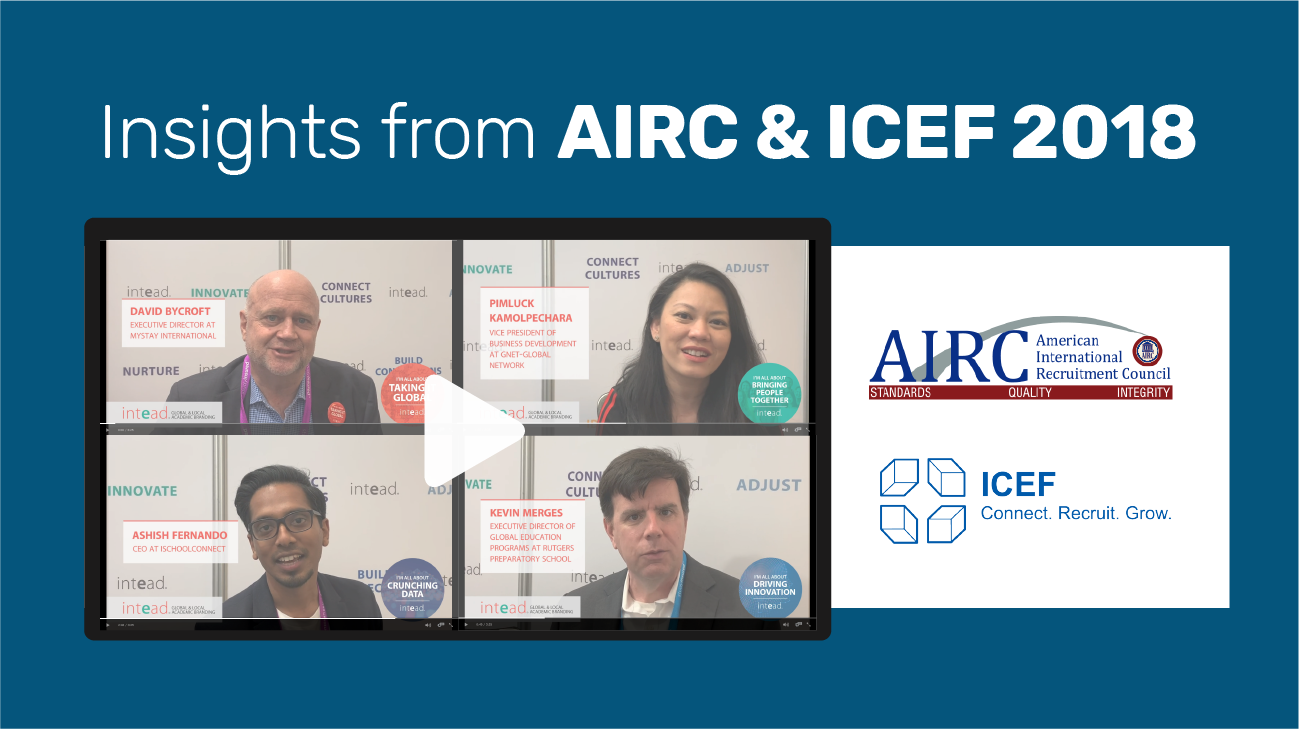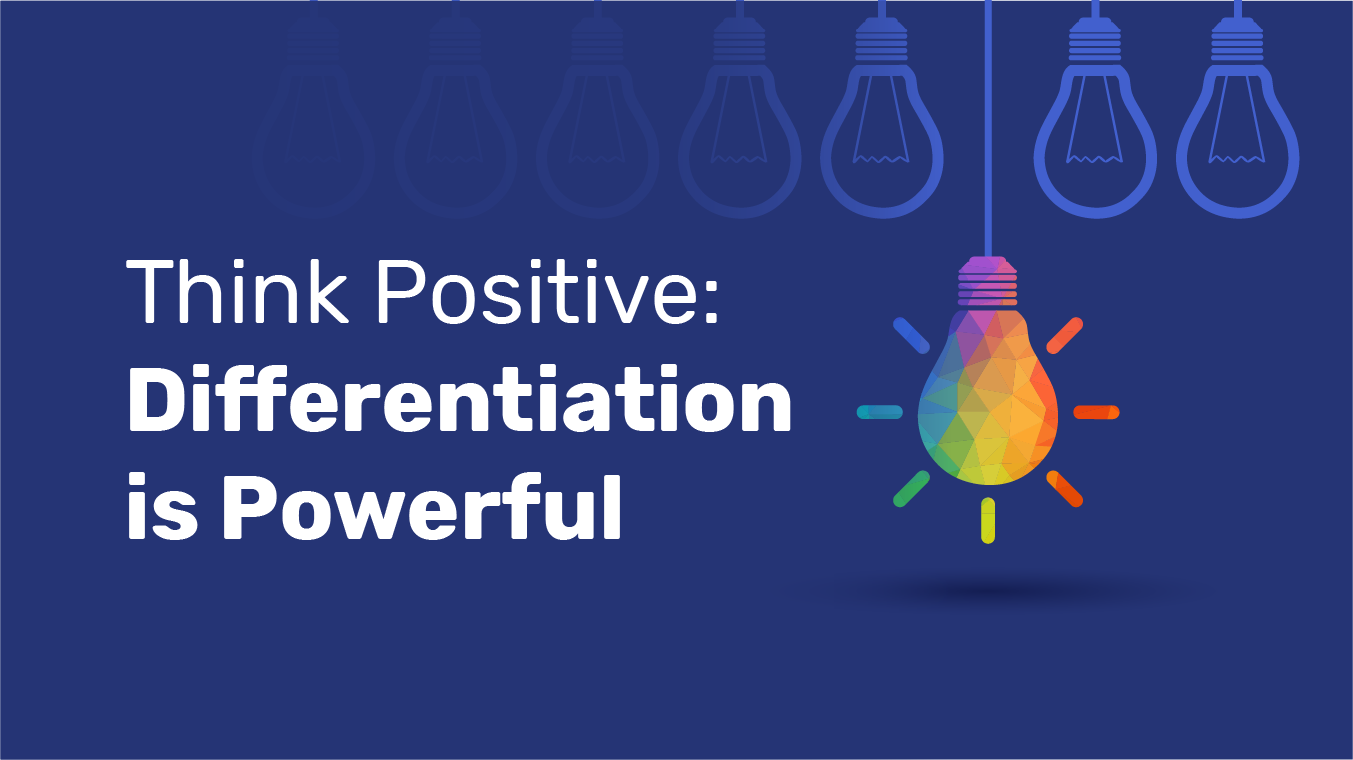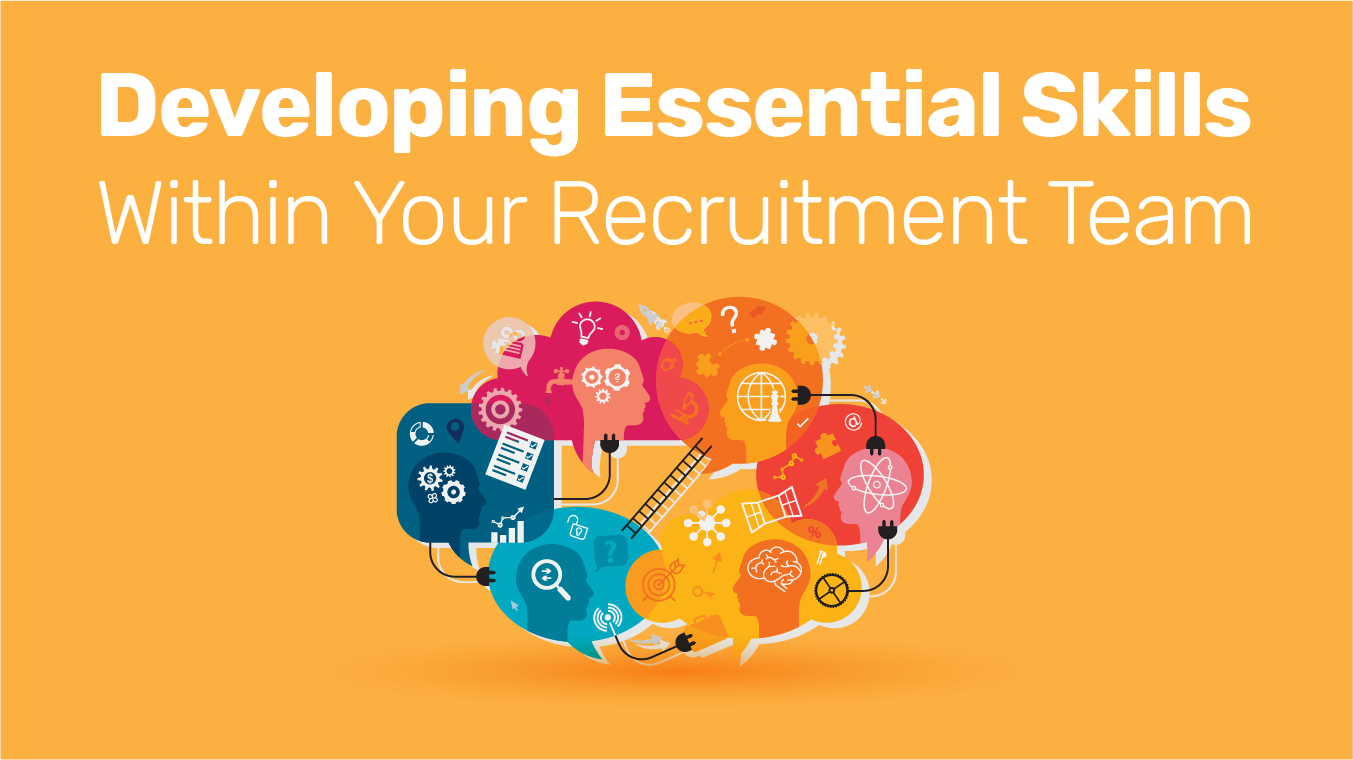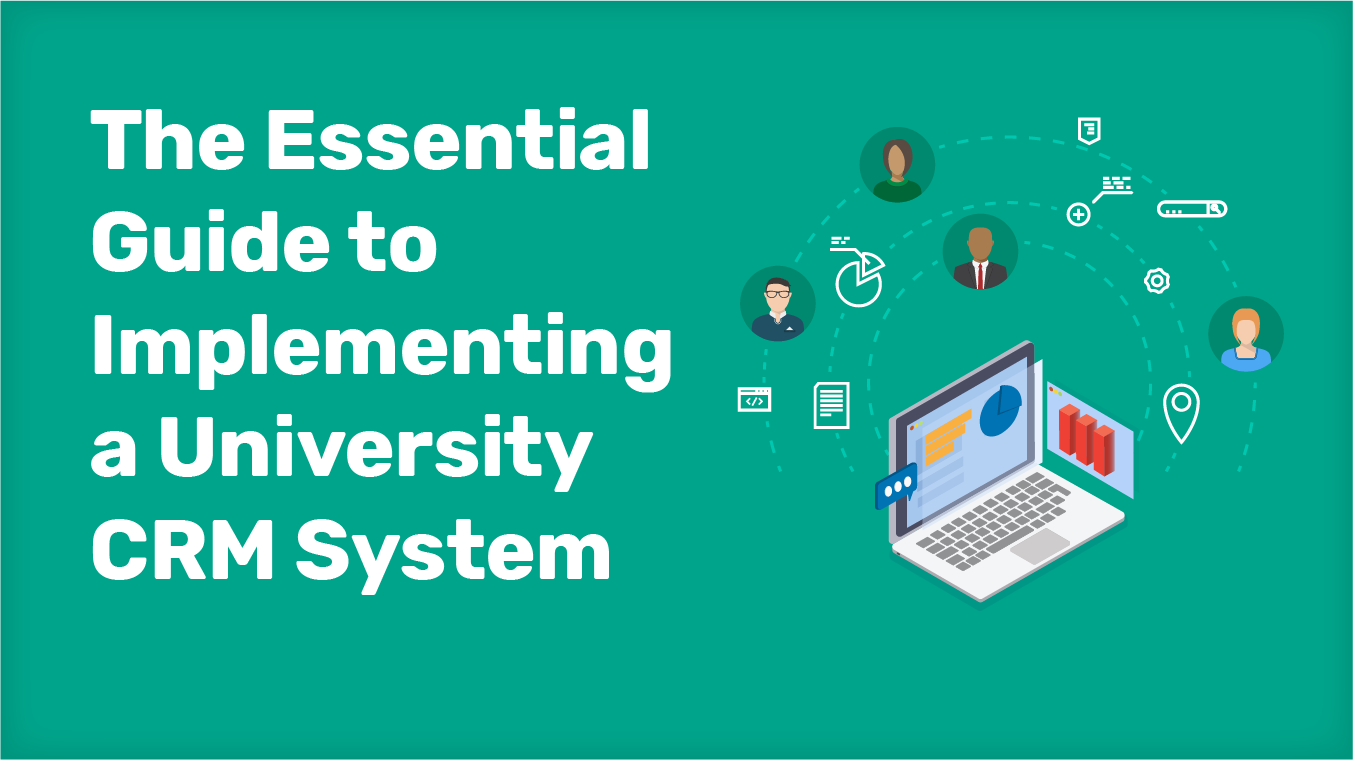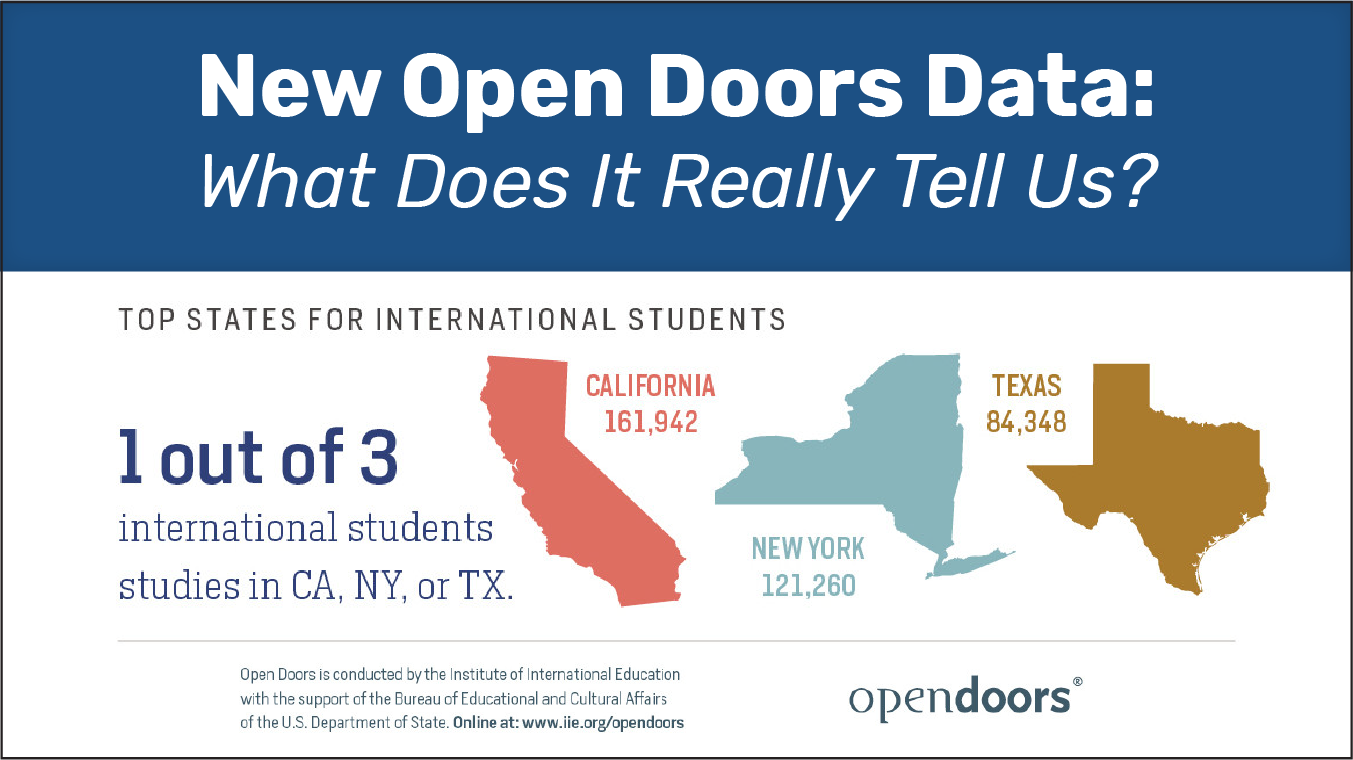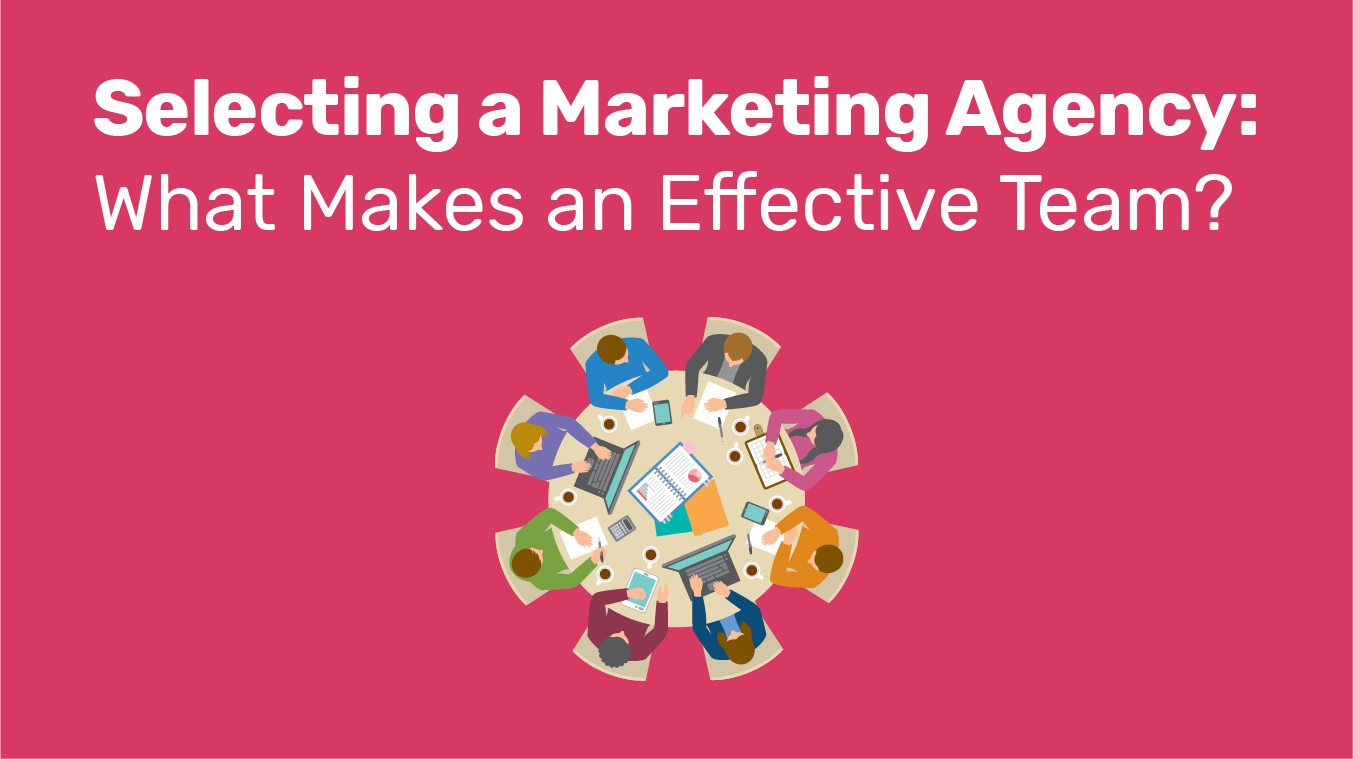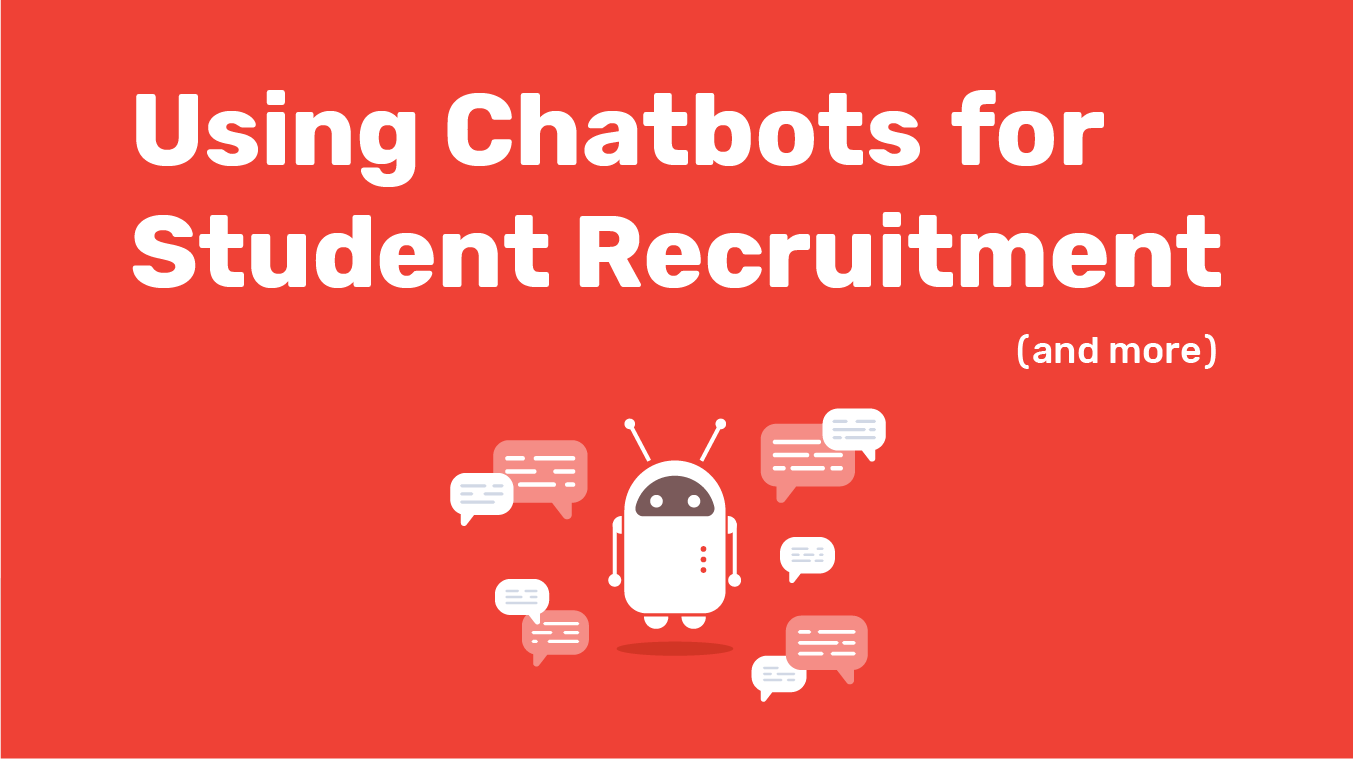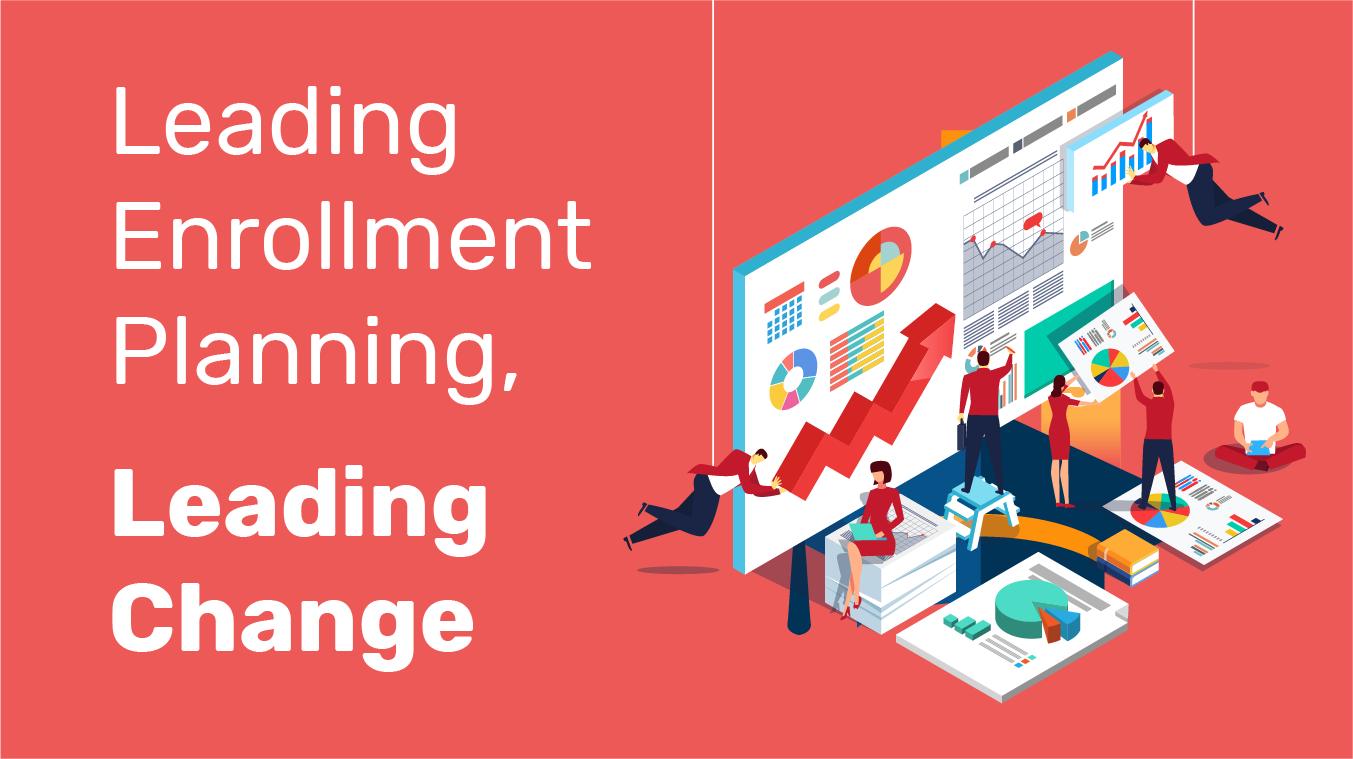Well, 2018 has come and gone—and here at Intead, we’re catching our breath after a busy year of developing academic recruitment plans, creating compelling marketing campaigns, helping clients assess their institutional strategies and international web presence...and, of course, dishing up blog insights week after week.
We have a feeling you’ve all been awfully busy too—maybe even busy enough to miss some of our most popular posts of the year! So, let’s take a look back at which topics drew the most clicks in the past 12 months. Some are focused on nitty-gritty recruitment tips, some on big picture market trends, and some on finding inspiration in trying times. We are sure there will be at least a few topics in here that will make you think of a particular colleague who just might be able to use those insights. So, we've added a handy "Email this Post" button at the bottom of the page, just for those moments. Read on for links to the year’s Top 10 hits.
Read More

